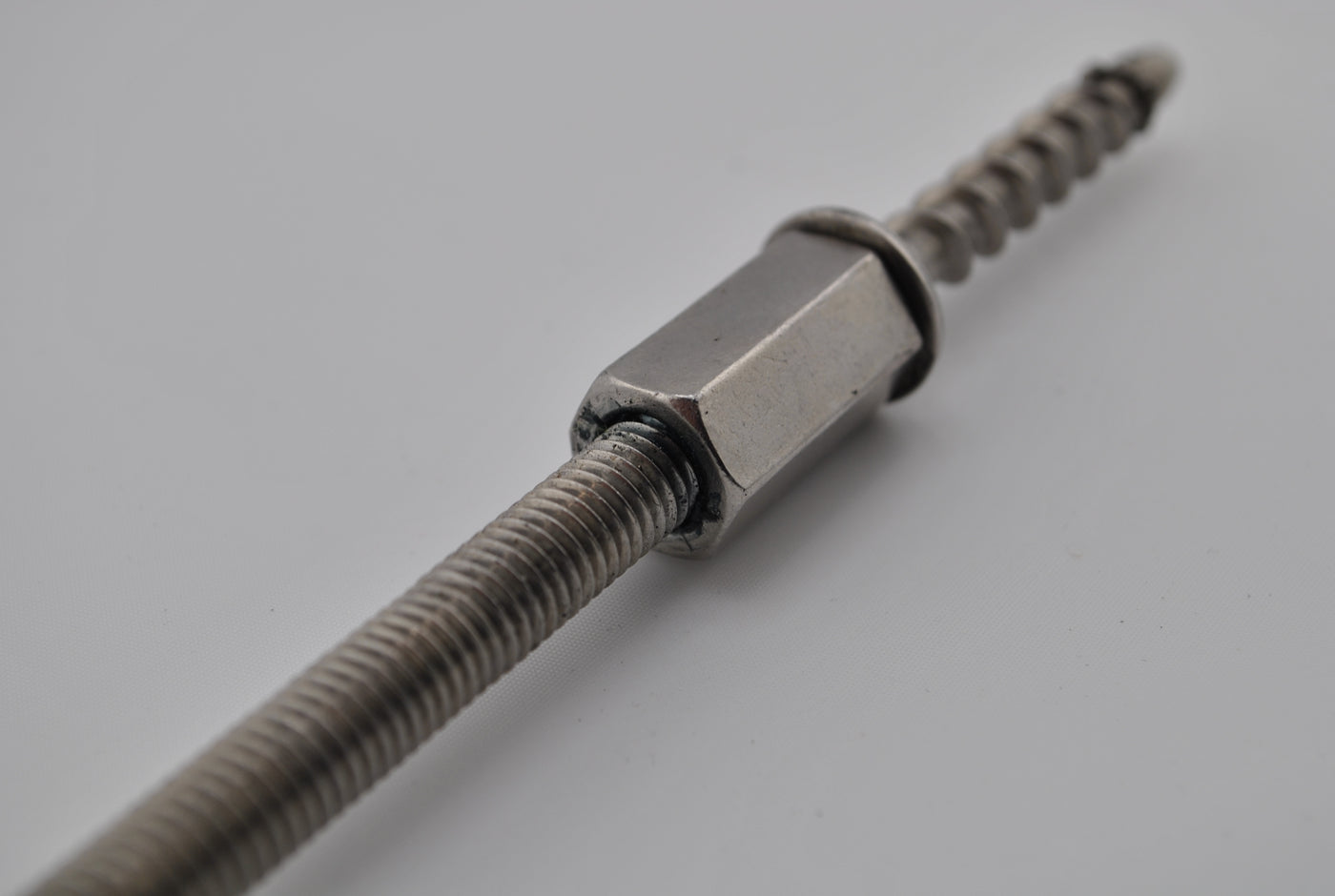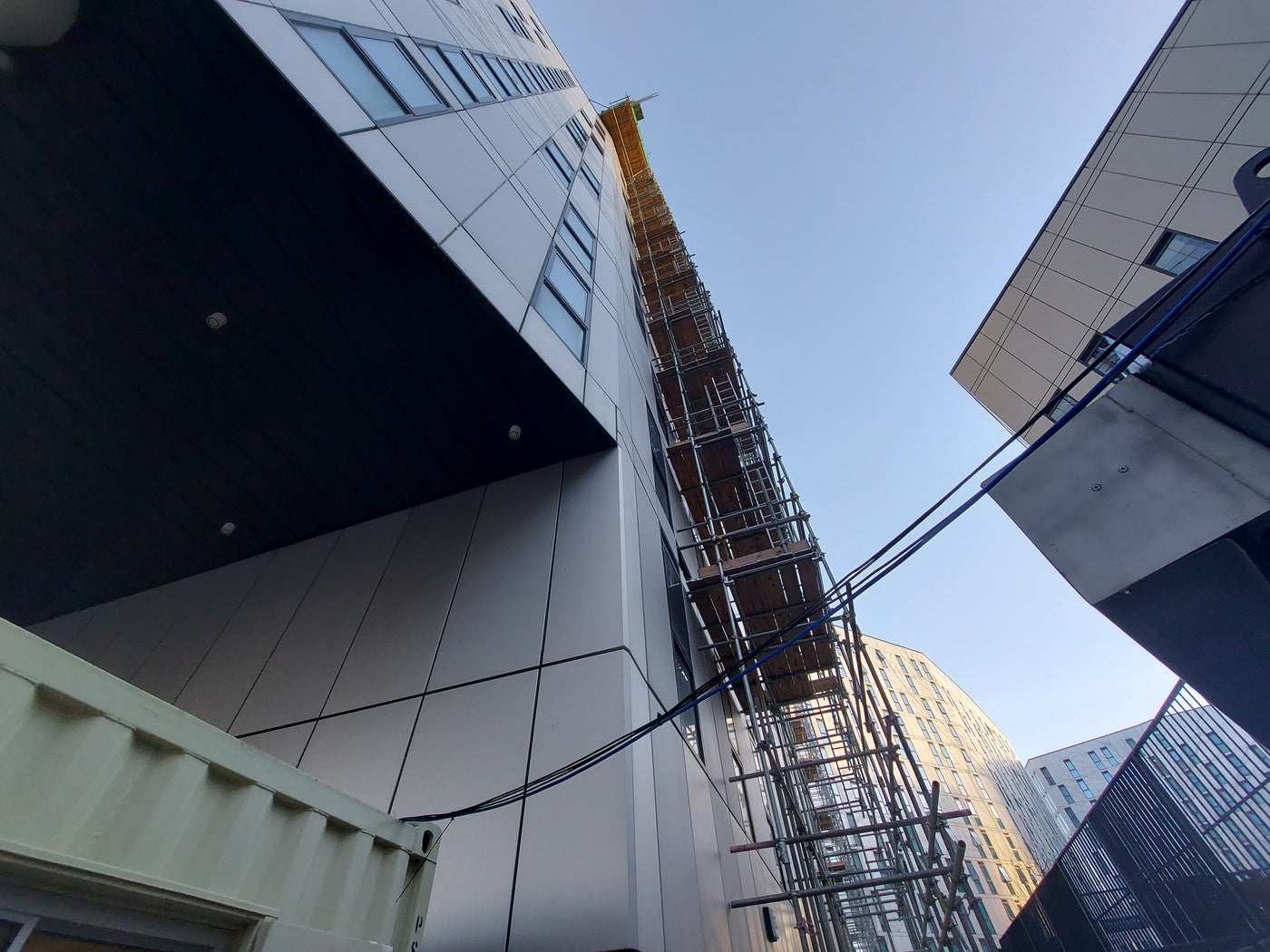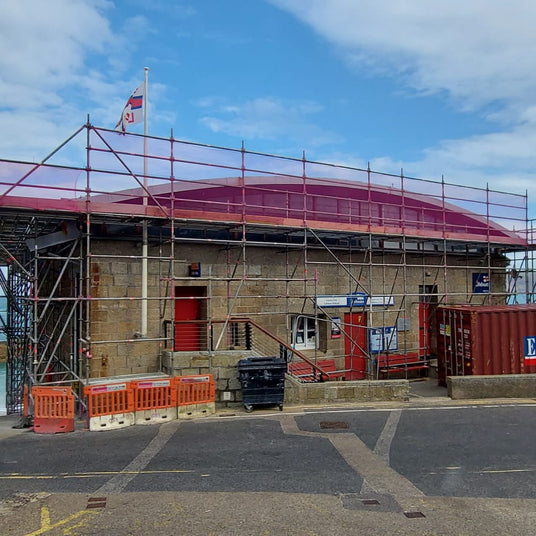
- Base Material: The type of material you're anchoring into (concrete, brick, masonry, wood, etc.) significantly impacts the appropriate anchor choice. Each material has different properties and requires anchors designed to function effectively within it.
- Load Capacity: The weight and forces the anchor will need to support are crucial considerations. Underestimating the load can lead to failure, while overestimating can result in unnecessary costs.
- Edge Distance and Spacing: The proximity of the anchor to the edge of the material and the distance between anchors affects their load-bearing capacity. Insufficient spacing or edge distance can weaken the anchor and the surrounding material.
- Installation Depth: The depth at which the anchor is installed is critical, especially for anchors that rely on expansion within the base material. Incorrect depth can compromise the anchor's holding power.
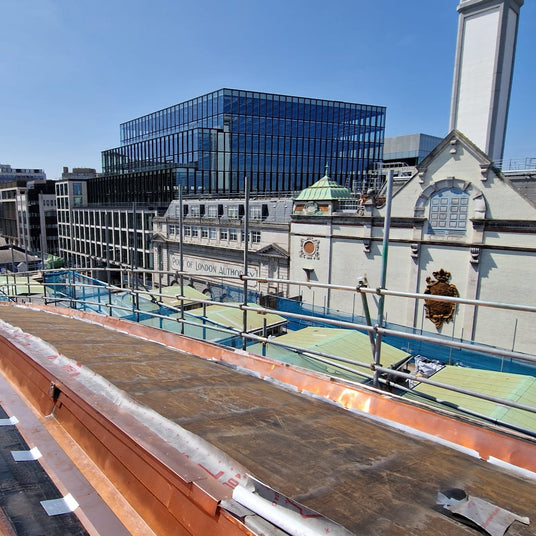
- Environmental Conditions: Exposure to moisture, chemicals, or extreme temperatures can affect the performance of certain anchors. Choosing anchors resistant to these conditions is essential for long-term durability.
- Aesthetic Considerations: In some cases, the appearance of the anchor might be a factor, especially in visible locations.
- Installation Method: The tools and techniques required for installation can vary between anchor types. Choosing an anchor that is compatible with your available tools and expertise is important.
- Regulatory Compliance: Building codes and regulations often dictate specific requirements for anchor types and installation methods. Adhering to these standards is crucial for safety and legal compliance.
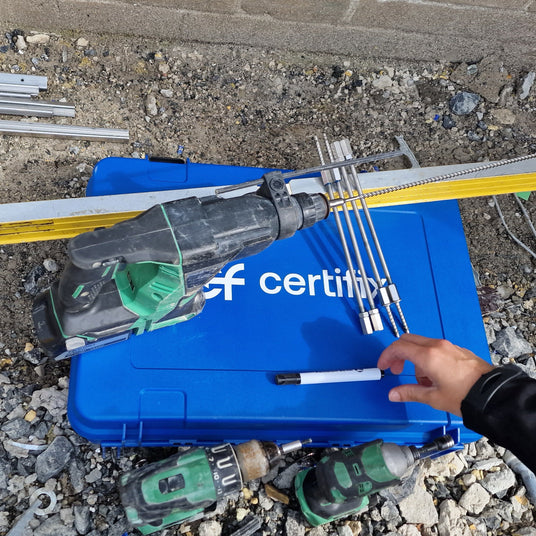
To find the right solution often needs input from you chosen fixing supplier and despite these challenges, the bulk of applications can be covered by solutions we can cover by our standard range of fixings and fasteners. However, now and then, a project will throw you a curveball and we are here to help.
We have a track record of providing solutions for applications which have no common go to products or current products which exist but have drawbacks (e.g. cost, workarounds, etc). By fully understanding the issues you are facing, we liaise directly with our manufacturers to create bespoke problem solvers not on the market.
